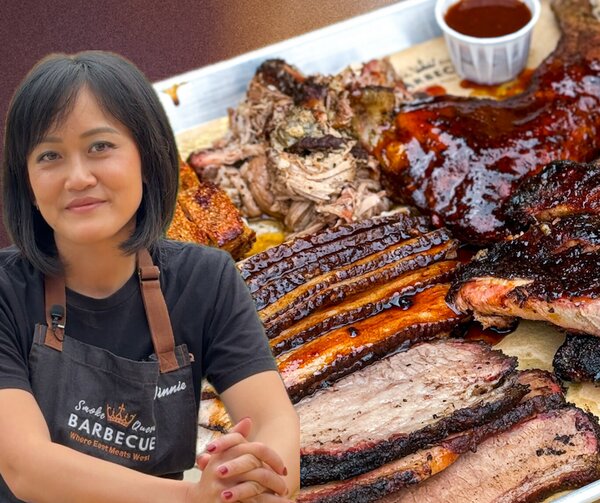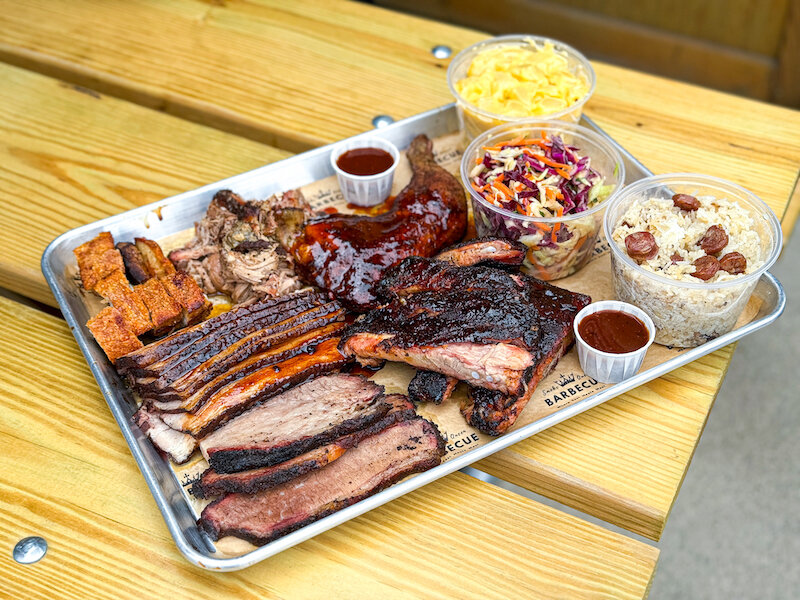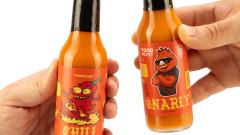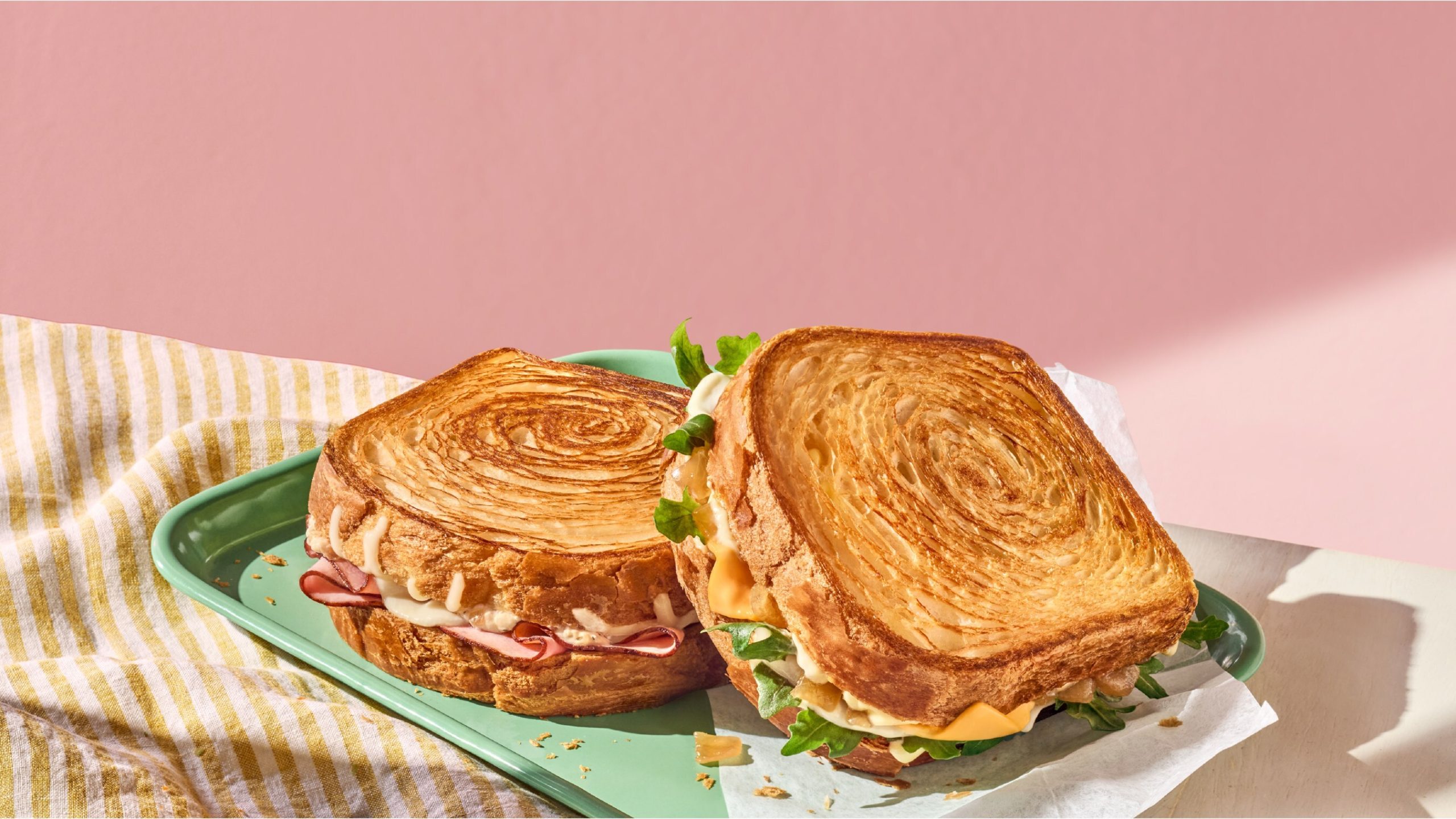The ‘Smoke Queen’ Is Shaking Up American BBQ With Chinese Flavors

The flavors and faces of American barbecue are experiencing a shift. Different cultures are applying their own interpretations of open fire cooking, fusing worlds to create food that’s as unique as their own lived experiences in the US. For Winnie Yee-Lakhani AKA The Smoke Queen, colliding her Chinese background with her passion for American barbecue became the move that made her fit for her majesty on the smoker. The results yield fan-favorite menu items like Smoked Char Siu Pork Belly that is an indulgence of fat and flavor, boasting notes of Chinese Five-Spice Powder, shaoxing wine, and premium Lee Kum Kee Hoisin sauce and Panda Brand Oyster sauce.
But before she even became The Smoke Queen, Yee-Lakhani was a franchise restaurant owner who was forced to pivot after the pandemic forced her to shut down her restaurants in 2020. “I was at Costco, and we were only allowed to buy one piece of meat. Naturally, I looked for the largest piece I could find, which happened to be a brisket. I thought, ‘I have a smoker at home that I’ve never really used. Let me give this a try.’ So, I bought the brisket, took it home, and Googled how to smoke it. Lo and behold, it came out terrible.” Yet that first failure fueled her journey to level up.“Finally I started an Instagram page, Smoke Queen Barbecue. I posted on Facebook, posted on whatever social media I had, and my first weekend that I sold was the first week of August 2020. I sold one whole brisket. I was so happy. I took the order and I met my customer at a parking lot, and it just so happens that it was in front of Lucille’s barbecue.”

Fast forward to today and The Smoke Queen draws hungry crowds to her new brick & mortar restaurant in Garden Grove, California, all eager to get a taste of her distinct style of Chinese American barbecue.
Regarding her approach to barbecue, Yee-Lakhani says, “I take an American dish, and I ask myself, ‘How can I Asian-ify it’?” This approach to her food sets up the perfect balance of being an entryway into Asian flavors for those unfamiliar, while also pleasing the palates of those who eat Asian food regularly. “That’s why I use Lee Kum Kee. It’s a brand that my grandmothers use, my mom uses,” she shares. “Instead of mustard I use Lee Kum Kee sesame oil and I rub it with my own housemade rub,” a clever tip for those at home trying to recreate their own Asian American barbecue experience.
With her background being as key to her barbecue as the nailing the science of smoking meat, it’s no wonder The Smoke Queen draws lines of people eager to try American barbecue with an added Asian finesse. It’s east and west converging at the deafening crunch of Pork Belly Siu Yuk and the universal comfort of a Mapo Burnt Ends Rice Bowl, creating a dynamic that contributes to the continual shift of American barbecue culture.






















